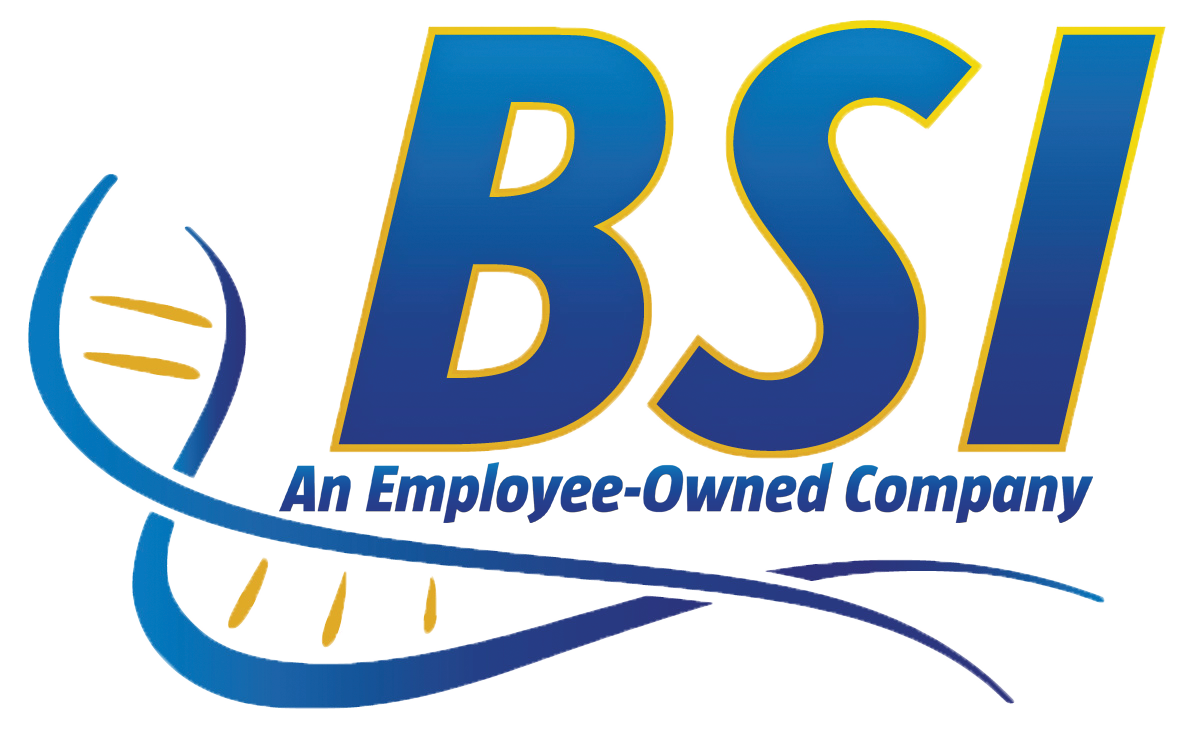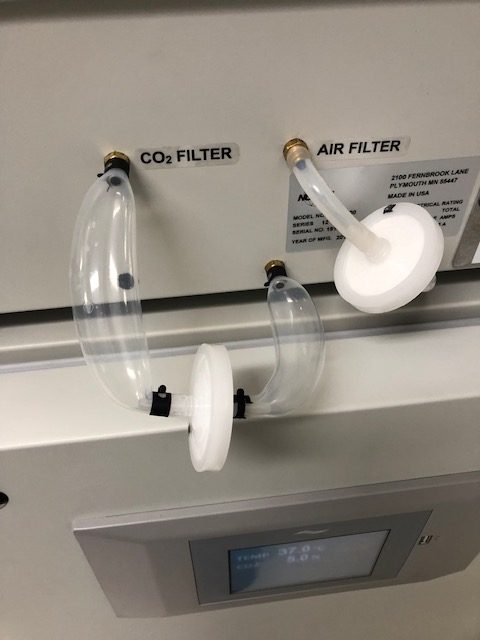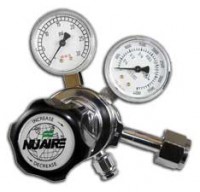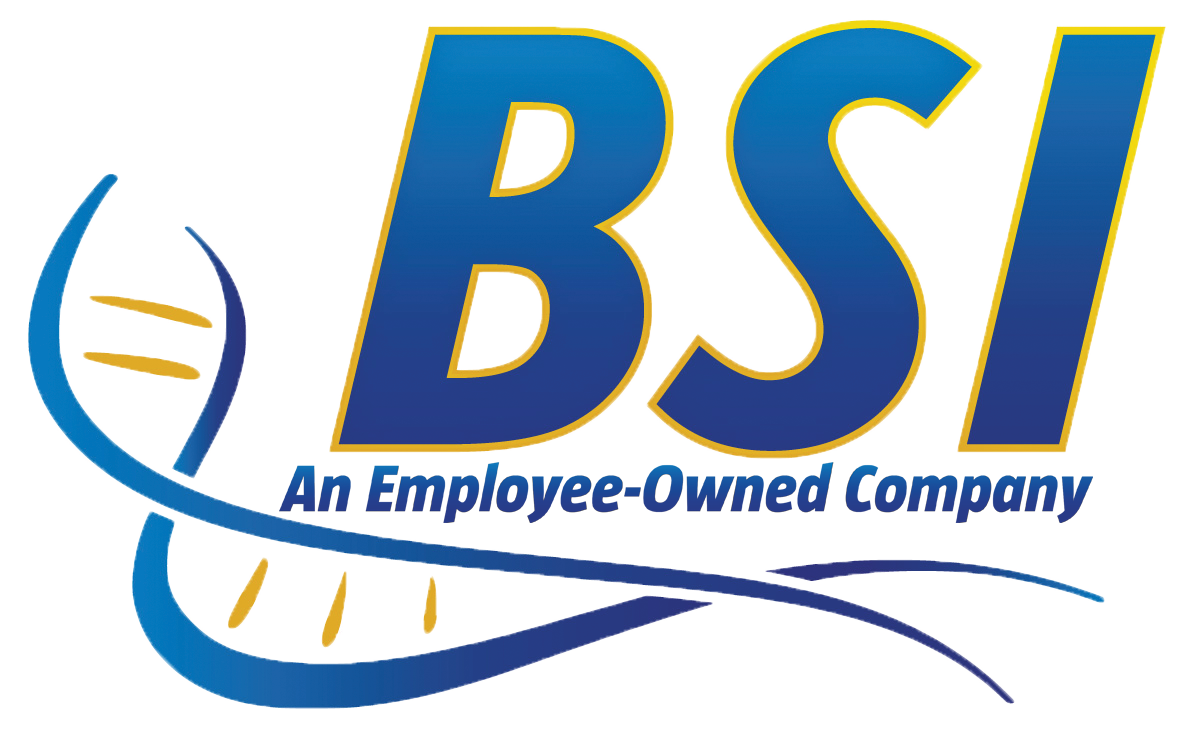We call this the “balloon animal.” Service technicians love seeing this, as it usually means they’ll be back a few more times for some easy hourly billings, while manufacturer tech teams hate seeing this because it usually means the equipment is being blamed for something that is entirely preventable. How and why is this happening? As dramatic as this looks, this situation is something that hinges on a very simple setting – PSI, which is relative to the regulator that controls the influx of CO2 from the supply tank to an incubator.
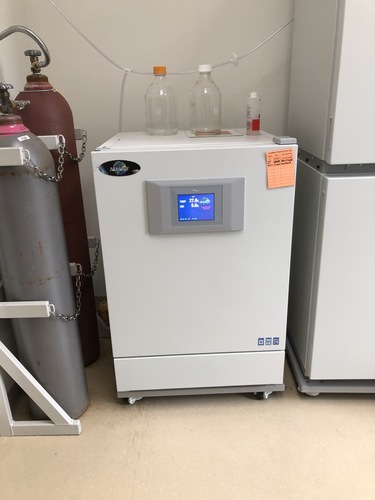
A typical setup of CO2 supply tanks for several incubators.
Ensuring that the PSI from the CO2 supply tank (or in some cases, a manifold connected to a larger facility supply) remains low is something that should be checked routinely, especially after new supply tanks are brought in. Most incubators operate best at a setting of 10-20 PSI. Anything beyond this can burst your tubing, often in a location where it is not visible.
This leak of CO2 into the lab/workspace is obviously a hazard, but one that is not necessarily diagnosed immediately if the hose was ruptured within the incubator where it is not visible. If you are lucky, you will end up with a balloon animal, but even after the tubing has expanded this much, it requires being changed out with new tubing since the expansion has compromised the integrity of the material and will certainly rupture or disconnect in the future.
The best way to avoid over-pressurization of the supply tank into the incubator is to be sure you have the right regulator. Often times, a lab will purchase a regulator without noting the increments on the gauge, which will lead them to use a much higher gauge regulator that adjusts in massive increments. An example would be a 200# regulator, where even a small turn of the regulator knob can increase the PSI by increments of 50, which will pop your hoses in no time.
Using an appropriate regulator with a top-end of 30# like the one pictured below, ensures that you can slowly adjust the PSI to your needs without worrying about big jumps in PSI, thereby minimizing the chances of over-pressurization. Just keep in mind every setup is different, so if you are using 1 tank to feed 2 incubators, or perhaps your incubator and supply tank are far apart and require a long tubing run, then you will likely have to raise the PSI to compensate for those additional factors. This makes the smaller adjustments all the more important so you can adequately maintain your incubator and reduce any unnecessary downtime in your incubator.
